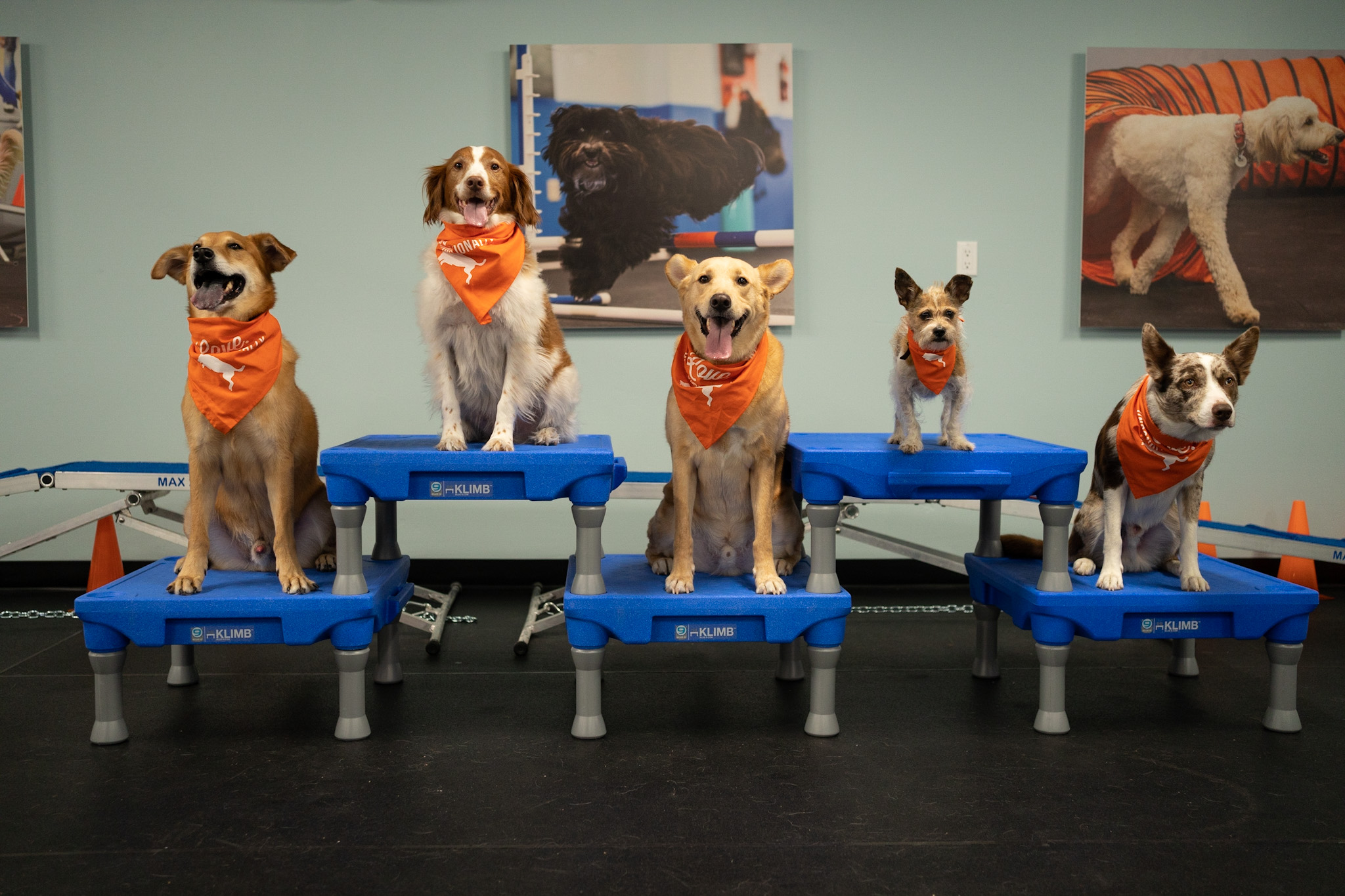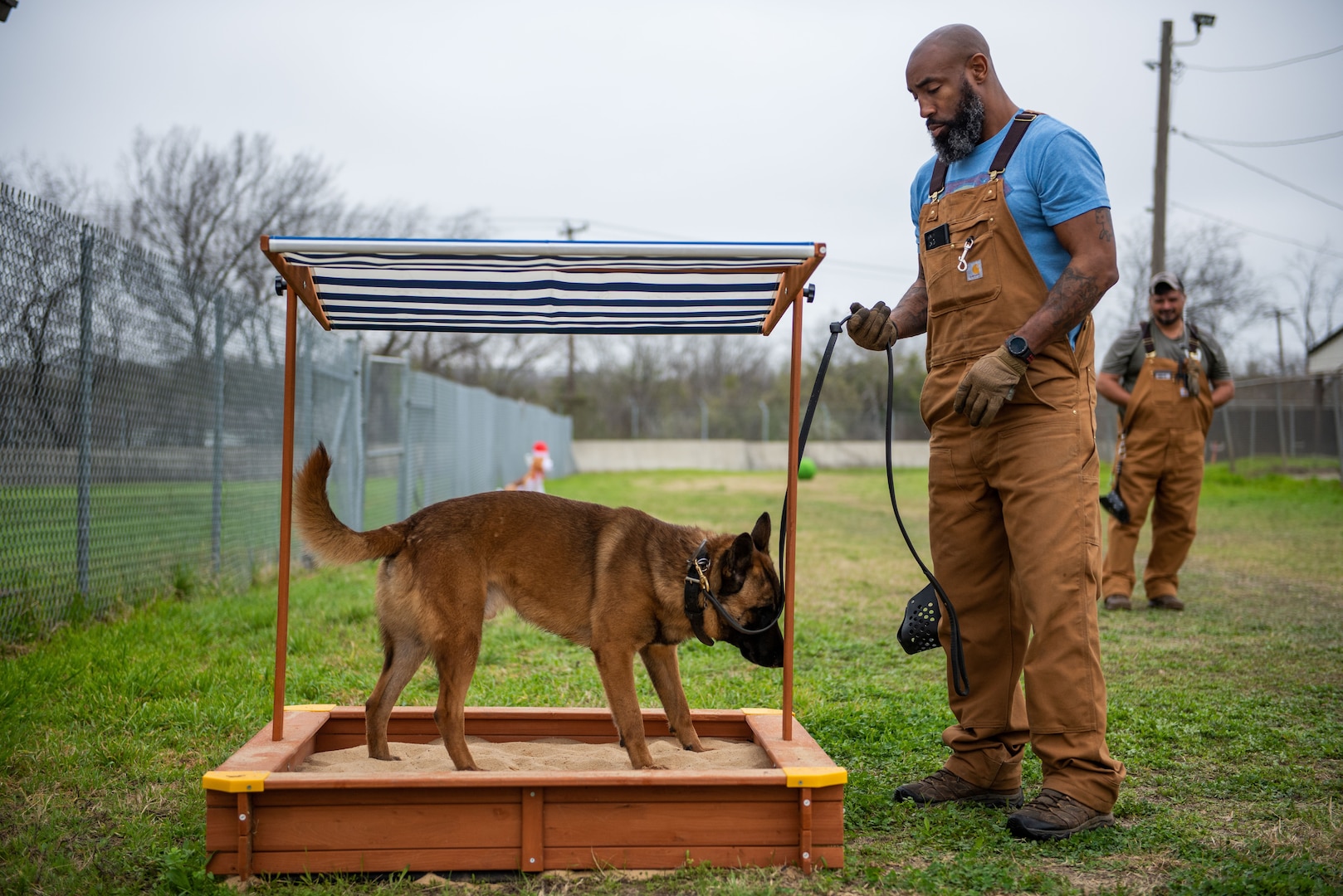How Professional Dog Training Can Enhance Your Dog’s Skills and Behavior
Transform Your Dog's Behavior With Proven Training Methods
Transforming your canine's habits needs a nuanced understanding of their private qualities and needs, as well as the application of tested training techniques. Uniformity in your training technique not only boosts obedience however also promotes a deeper bond of trust fund and regard between you and your family pet.
Comprehending Dog Behavior
Understanding pet dog behavior is essential for reliable training and communication in between human beings and their canine buddies. Canines, as social pets, exhibit a variety of behaviors influenced by genes, atmosphere, and experiences - Dog training. Identifying these habits aids owners customize their training approaches to satisfy the particular demands of their dogs
Trick aspects of pet dog actions consist of body language, articulations, and social interactions. A wagging tail frequently suggests enjoyment, while a lowered head may signify submission or worry. Recognizing these signals can help owners translate their pet's emotional state and respond suitably. In addition, socialization plays an important role fit habits; pet dogs that connect positively with various individuals and other animals are usually more well-adjusted and versatile.
In addition, acknowledging stress and anxiety signals-- such as pacing, panting, or evasion habits-- can stop acceleration into much more major issues. Owners who are attuned to their canine's behavior can produce a nurturing and safe environment, fostering trust fund and boosting the training process. Ultimately, a deep understanding of canine behavior lays the structure for an unified relationship and reliable training end results, making certain both pets and their proprietors flourish with each other.
Favorable Support Techniques
Positive support methods are widely identified as one of the most efficient techniques for training dogs, cultivating a positive learning setting. This method involves fulfilling preferred behaviors with deals with, appreciation, or play, consequently encouraging the pet to repeat those actions. Unlike corrective techniques, favorable reinforcement constructs count on and reinforces the bond between the instructor and the canine.
To apply positive support efficiently, timing is critical. Benefits need to be given promptly following the preferred actions to assist the pet dog make the connection. Consistency is likewise essential; making use of the same commands and benefits aids the pet understand what is anticipated. In addition, varying the rewards can keep the dog engaged - Dog training. Rotating between deals with, toys, and verbal appreciation can maintain interest and inspiration.
It is crucial to note that favorable support is not concerning bribery; instead, it has to do with enhancing etiquette. Over time, as the pet dog finds out to connect certain actions with favorable outcomes, the frequency of incentives can be slowly minimized, transitioning to verbal appreciation or recurring rewards. This method not only encourages obedience however additionally advertises a happy and confident pet, making training a more enjoyable experience for both parties involved.
Resolving Usual Issues
Attending to common problems throughout pet training is necessary for making certain a successful and unified relationship between the canine and its owner. Many pet dog owners encounter behavioral obstacles, such as too much barking, leaping, and leash pulling. Recognizing the origin of these behaviors is vital for efficient training.
To minimize this, offer enough physical exercise, mental excitement, and chances for social interaction with both humans and other pet dogs. Training the dog to rest upon welcoming can redirect this habits positively.
Chain drawing is an additional prevalent concern, regularly arising from a pet's passion to check out. Using correct leash handling strategies, integrated with training methods that urge loose-leash strolling, can dramatically enhance this habits.
In addition, concerns like source protecting or separation anxiety call for tailored methods. Gradual desensitization and YOURURL.com counter-conditioning can be effective in resolving these difficulties. By acknowledging and proactively taking care of these common issues, dog owners can cultivate a more satisfying training experience and reinforce the bond with their canine buddies.
Consistency in Training

To attain uniformity, it is important that all participants of the family stick to the same training approaches. Using the same spoken hints and hand signals ensures that the dog gets consistent messages. Furthermore, the timing of improvements and rewards ought to correspond; immediate reinforcement raises the chance that the canine will link the habits with the result.
In addition, developing a regimen can additionally improve consistency. Routine technique sessions, coupled with structured schedules for feeding, walking, and playtime, help dogs prepare for and comprehend their setting, making them more receptive to training. Ultimately, consistency promotes a sense of safety and depend on, equipping canines to find out more properly. By committing to an organized technique, instructors can advertise positive habits adjustments and grow a well-mannered buddy.
Structure a Solid Bond
Just how can promoting a solid bond in between a pet dog and its owner boost the training experience? When a dog feels safe in its connection with its proprietor, it is more most likely to exhibit positive actions and be responsive to finding out.
Moreover, a strong bond promotes much better interaction. Canines are skilled at reading human hints, and a relying on partnership permits more clear signals during training. Proprietors that invest time in building this bond through play, socializing, and favorable support create a setting where pet dogs really feel anxious and motivated to find out.
In addition, a reputable link can decrease stress and anxiety and behavioral issues, as canines are less most likely to act out when they really feel understood and taken care of. Focusing on the development of a strong bond not just boosts the training experience yet likewise contributes to a happier and a lot more well-adjusted pet. Eventually, the trip of training changes right into a joint collaboration, causing lasting behavior improvements.
Conclusion

Owners that are attuned to their pet's habits can produce a caring and risk-free atmosphere, promoting depend on and boosting the training procedure. Inevitably, a deep understanding of canine habits lays the structure for an unified connection and effective training outcomes, guaranteeing both dogs and their proprietors flourish with each other.
Addressing common issues throughout pet training is vital for making certain a effective and harmonious connection in between the pet dog and its owner.Consistency is a keystone of effective dog training, as it establishes a clear framework for the dog to comprehend assumptions and behaviors.In conclusion, changing a canine's dig this actions through confirmed training methods needs an understanding of canine actions, the application of positive reinforcement methods, and a focus on consistency.